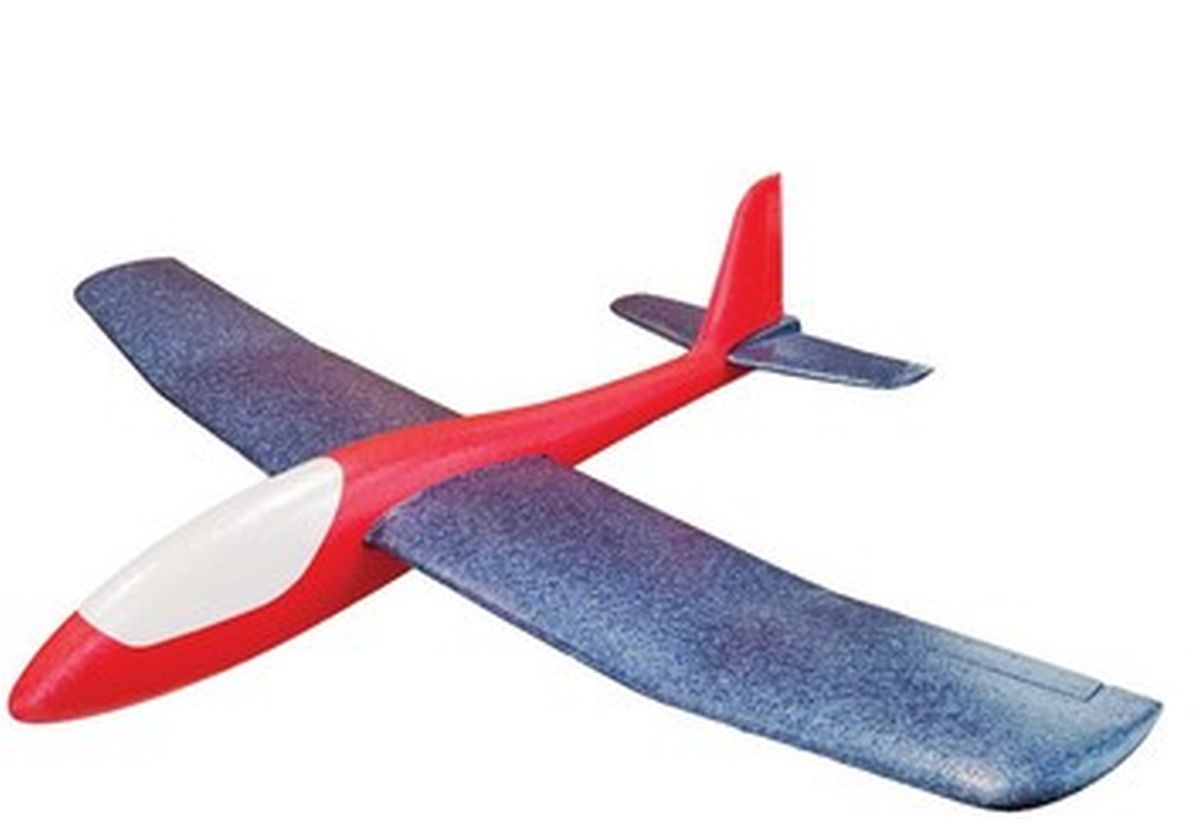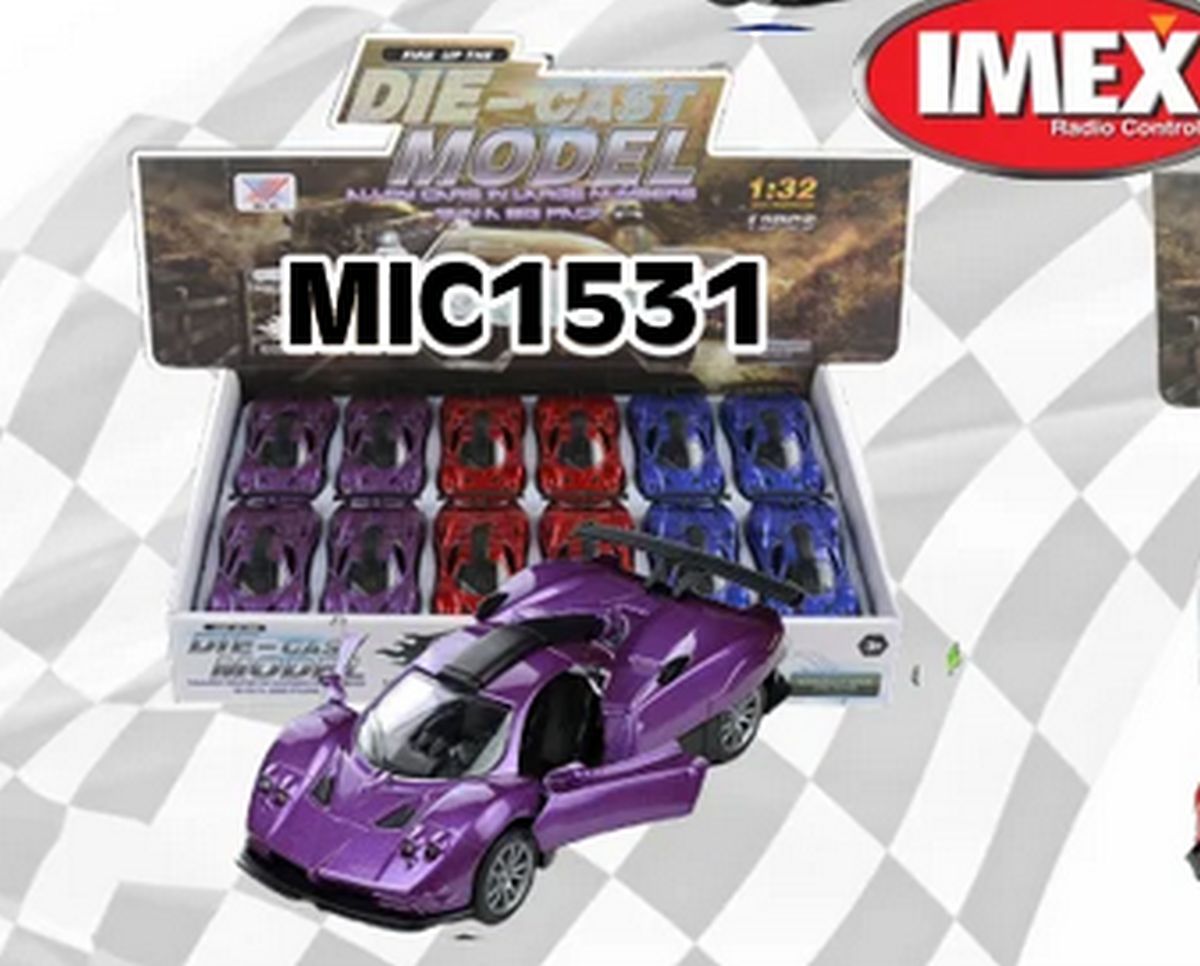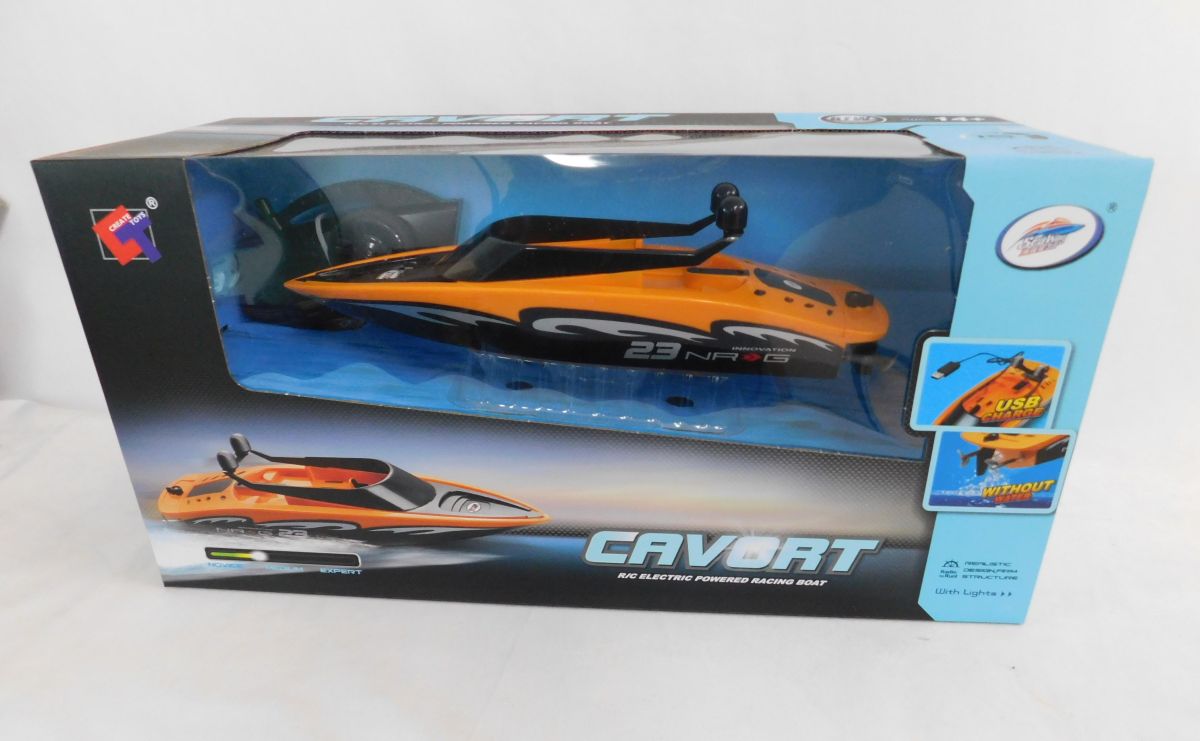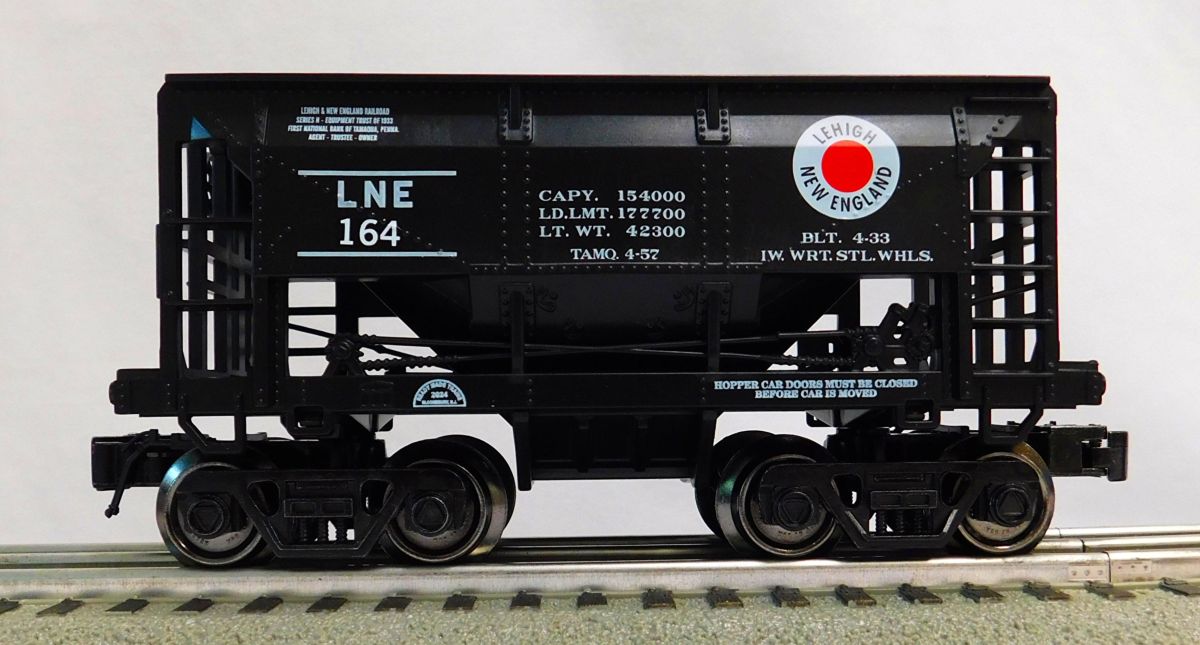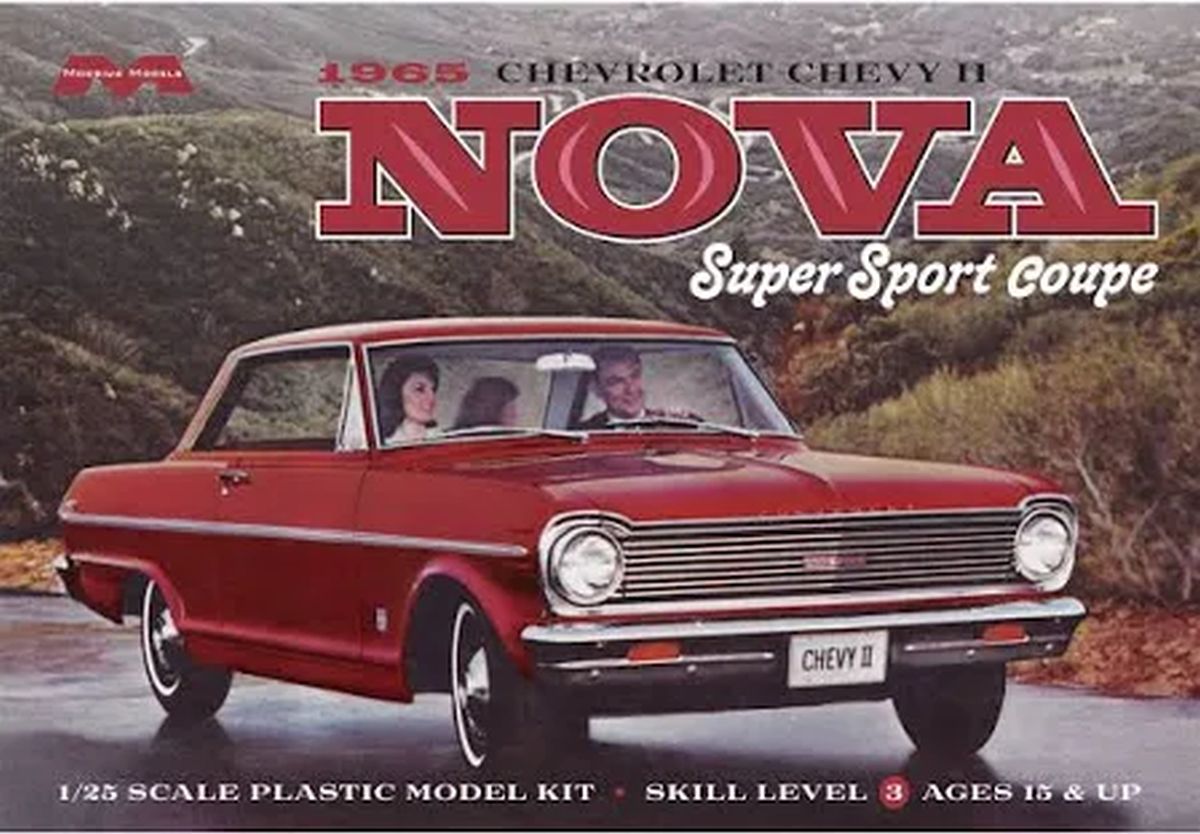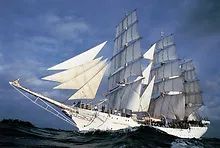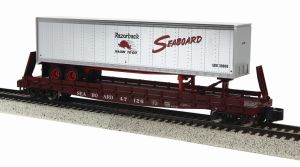
S Flatcar w/48′ Trailer SBD #47126/Scale
The trailer-on-flat-car, or TOFC, concept actually predates
the trucking industry. From 1885-1893, Long Island farmers could ship
their loaded wagons to Manhattan markets on Long Island Rail Road
flatcars. Teamsters rode in their own coach on the farmers’
specials, while their horses traveled in stable cars.
The modern use of railroads to ship loaded trailers began on
the Chicago Great Western Railroad (the “Corn Belt
Route”) in 1935 and became widespread in the 1950s, under the
leadership of a former GM executive named Eugene Ryan and early
supporters that included the Pennsy, New Haven, Chicago &
Eastern Illinois, Burlington, and Southern Pacific railroads.
Originally a large number of trailers were railroad-owned, and
loading and unloading was done “circus-style” by
driving the trailers onto a string of flatcars from one end. A major
advance came in the 1960s with the advent of the first side-lift
cranes, dramatically speeding up loading and unloading. Today the
combination of trailer and container shipments, known collectively as
intermodal, constitutes the largest class of freight on American
railroads.
Detailed Durable ABS Body

